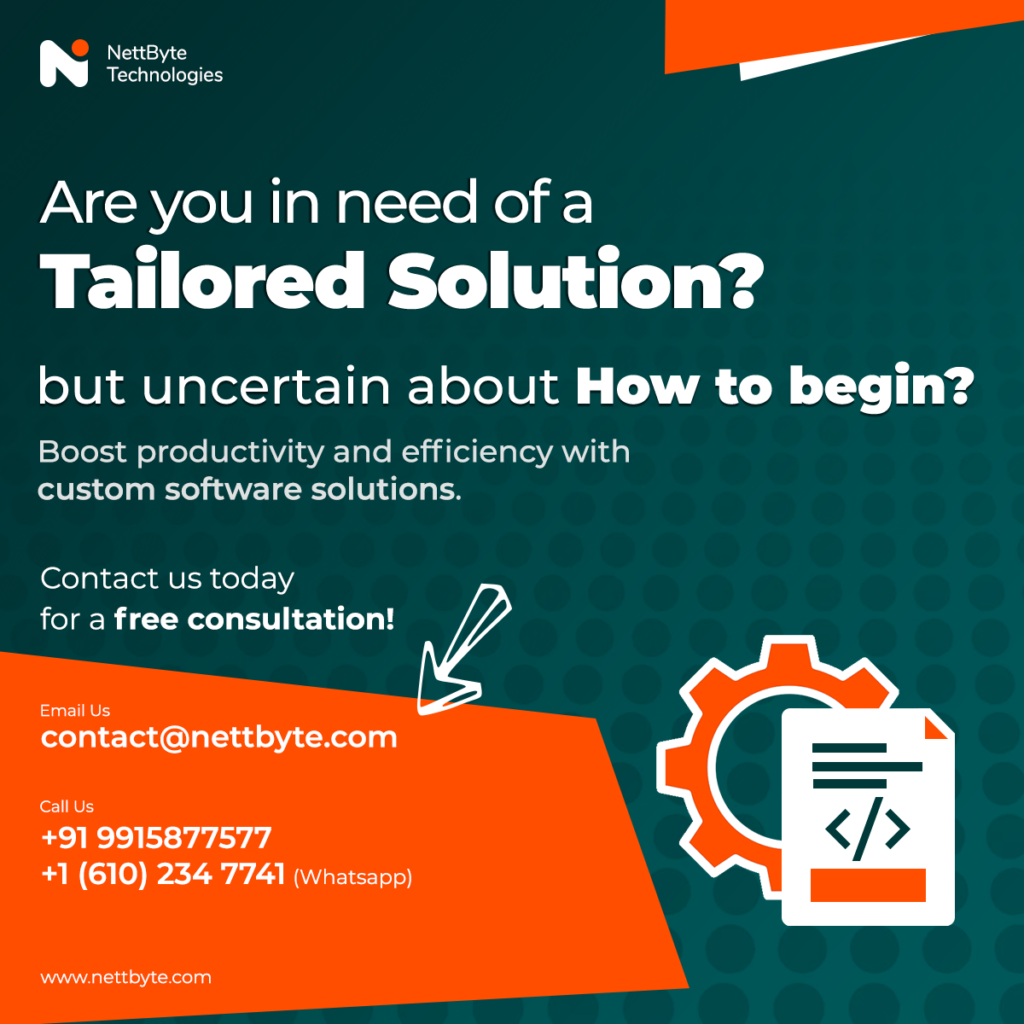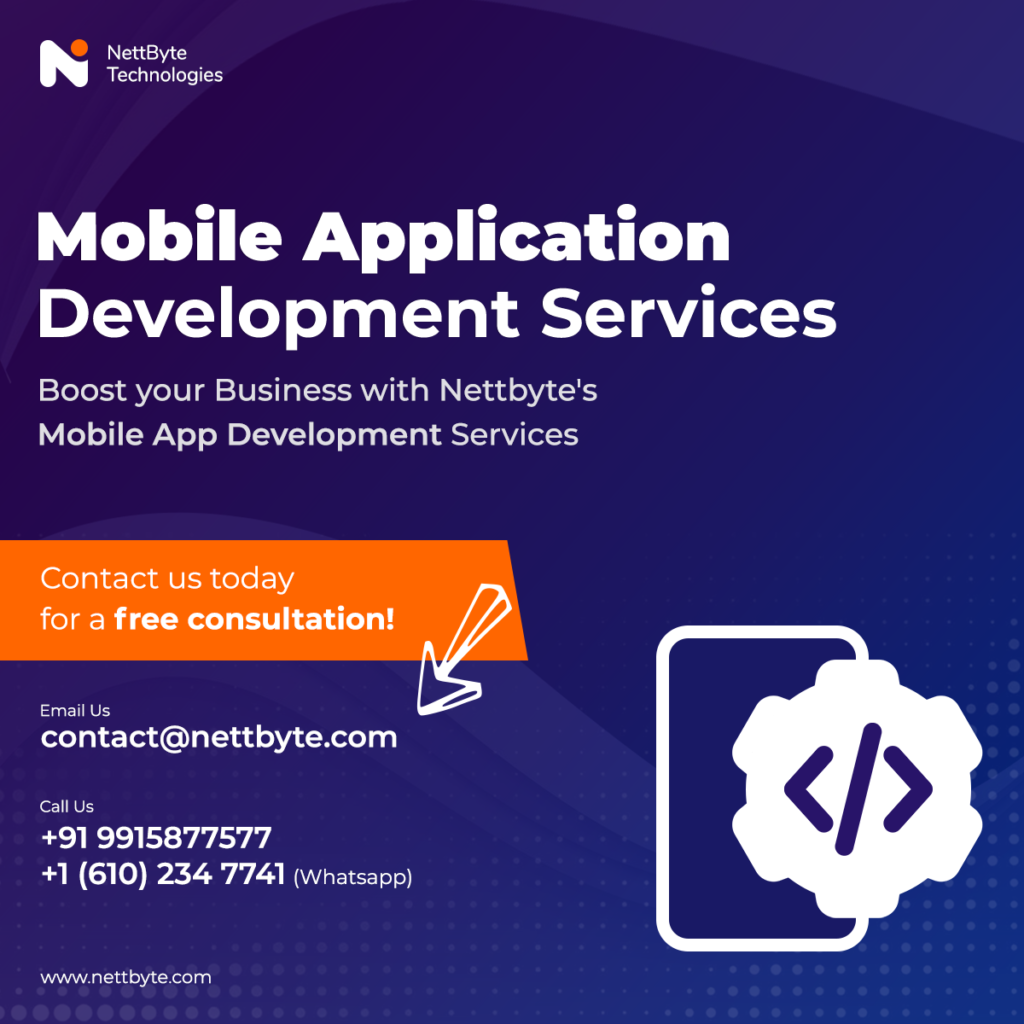A project management tool is software that helps you plan, manage and optimize resources. Project management software enables teams to see the project through from concept to delivery. If you are still not convinced how critical these tools are for businesses’ workflows, look at the numbers. They don’t lie. Seventy-seven percent of high-performing projects use project management software. In the US, out of $1 B invested, $122 M is wasted due to lacking project performance.
The criteria for selecting the best project management and Bespoke Solutions development software should include the features and functionality that you require. Here are some features which you should look out for before selecting the best tool for you-
- Ability to assign roles
- Parent and child projects
- Collaboration
- Document Sharing
- Scheduling and deadline management
- Team member communication
- Plan flexibility
- File compatibility
Here are some features which you should look out for before selecting the best tool for you-
Apart from the basic features, we are presenting you with some features that should be available in your tool. These will make it even more efficient-
Gantt Chart
It’s a horizontal bar chart used to visually represent a project plan over time. It typically shows the timeline and status of each task. Modern Gantt charts can also include milestones, dependencies between tasks, and assignees.
Roadmap
A project roadmap is a graphical, high-level overview of the project’s goals and deliverables presented on a timeline. It should contain the following-
- Project goals and objectives
- A timeline indicating the schedule
- Important milestones and deliverables
- Possible risks
- Dependencies
Project Budgeting
Budgeting means determining the total amount of money that is allocated for the project to use. It is an estimate of all the costs that should be required to complete the project. Initially the project budget allows the user to determine how much the project is likely to cost. Throughout the project, it lets you check whether or not the project is sticking to its budget.
EVM/SV
Earned Value Management is a methodology that integrates scheduling, costs, and scope to measure project performance. Based on planned and actual values, EVM predicts the future. It enables the project managers to adjust accordingly. Schedule Variance (SV) is an indicator of whether a project schedule is ahead or behind. It is generally used within EVM.
Forms
Request forms allow you to capture work requests as they come in. These forms also enable you to establish a formal process. Using request forms, project teams can successfully control the entire end-to-end work request process. Request forms can be used to submit any type of request.
Reminders
These can range from emails to glaring text messages. It can be difficult to stay on the top of your game when you are pulled into various projects in different teams. You need a tool that sends you daily reminders with tasks and upcoming deadlines.
Recurring Tasks
Recurring tasks are tasks that happen over and over again on a regular basis. For instance, it’s common to have regularly scheduled reporting intervals. Project management software with recurring task functionality allows you to quickly create duplicate tasks. You don’t manually have to create one.
Hours Log/Fixed Budget
It is an important feature to track the work progress and calculate the project profit once a project has been delivered. Or you can also track the project budget after completing and launching a specific sprint
Conclusion
A project management solution that is selected for your team’s requirements is the best one for you. While choosing, make sure to match the features to your business requirements. Don’t forget to involve your team members and plan ahead.







